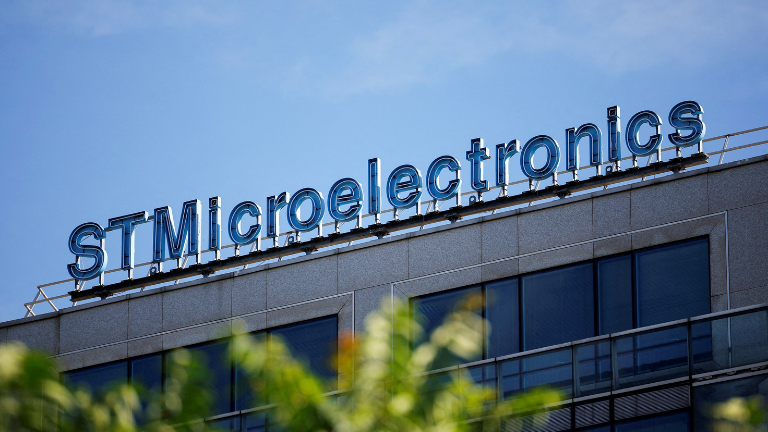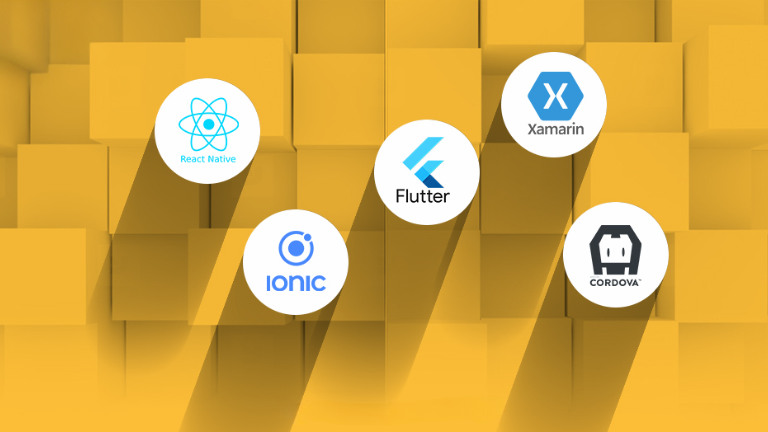STMicroelectronics Unveils AI Data Center Photonics Chip in Collaboration with Amazon Web Services
Revolutionizing AI Data Centers with Photonics Technology
STMicroelectronics (ST) has announced the launch of a groundbreaking photonics chip, developed in partnership with Amazon Web Services (AWS), aimed at transforming AI data center communications. This next-generation chip leverages light-based technology instead of electricity, significantly enhancing data transmission speed while reducing power consumption. As AI-driven applications continue to expand, the demand for high-performance, energy-efficient solutions in data centers has never been greater.
Photonics: A Key Enabler for AI Infrastructure Growth
Photonics technology is reshaping the future of high-speed computing by utilizing optical signals instead of electrical currents to process and transmit data. Unlike conventional semiconductor chips, which rely on electrical impulses, ST’s photonics chip accelerates data transfer rates while minimizing heat dissipation and energy consumption. This breakthrough is particularly relevant for AI-powered data centers, where hundreds of thousands of optical transceivers are deployed to facilitate seamless communication between servers.
With AI and machine learning workloads becoming more complex, the need for efficient data processing architectures is escalating. Traditional electronic-based transceivers struggle to keep up with the bandwidth demands of AI-driven cloud computing, creating a need for photonics-based transceivers that enhance efficiency, reduce latency, and optimize power usage. ST’s new chip addresses these challenges, making AI-driven cloud environments more sustainable and scalable.
The $500 Billion AI Infrastructure Boom and ST’s Market Positioning
The AI industry is undergoing rapid transformation, with leading U.S. software companies investing over $500 billion in AI infrastructure under the ambitious Stargate initiative. While most of the attention has been focused on specialized AI computing chips—such as those developed by Nvidia—there is an equally strong demand for supporting semiconductor solutions in memory, power management, and high-speed communication networks.
STMicroelectronics aims to address this growing demand by introducing its photonics chip, which plays a pivotal role in AI data center communication networks. The chip’s advanced light-based data transmission mechanism will contribute to more efficient data exchange between AI processors, memory modules, and storage systems, ensuring that AI models can operate seamlessly at massive scale. As AI computing continues to push the boundaries of conventional hardware capabilities, photonics chips will become a cornerstone of next-generation cloud infrastructure.
Strategic Collaboration with Amazon Web Services (AWS)
One of the most significant aspects of ST’s photonics chip launch is its strategic collaboration with AWS. AWS, a global leader in cloud computing, has been deeply involved in the development of this new technology and plans to integrate it into its infrastructure once mass production begins later this year.
According to Vincent Fraisse, General Manager of ST’s Radio and Communications Chip Division, AWS played a crucial role in the co-development and validation of the chip’s design, ensuring it meets the rigorous demands of modern AI workloads.
“We have signed a collaboration agreement with AWS, which has been intimately involved in the development … and which will deploy this technology in their infrastructure as it reaches production stage later this year.” — Vincent Fraisse
AWS’s adoption of ST’s photonics chip signals strong confidence in the potential of light-based computing technologies to redefine cloud infrastructure. As AWS continues to expand its AI and machine learning capabilities, integrating high-speed, low-power photonics-based transceivers will enhance its ability to deliver efficient, scalable cloud services to customers worldwide.
Partnering with Optical Transceiver Industry Leaders
In addition to AWS, STMicroelectronics is collaborating with a leading provider of optical solutions, a market leader in pluggable optical transceivers, to integrate this photonics chip into next-generation transceivers. While ST has not disclosed the name of this partner, industry insiders speculate that it could be one of the top transceiver manufacturers, such as:
- Coherent (U.S.)
- Cisco (U.S.)
- Innolight (China)
- Accelink (China)
These companies are at the forefront of optical networking solutions, and integrating ST’s high-speed photonics chip into their transceivers could have a major impact on data center efficiency and cloud computing performance.
Photonics Chips: The Future of AI Data Centers
With AI workloads demanding ever-increasing processing power, faster communication speeds, and reduced energy consumption, photonics technology is emerging as a game-changer in AI data centers. By leveraging light-based data transmission, ST’s new chip will help:
✅ Improve AI model performance by reducing latency in data exchange.
✅ Lower power consumption, making AI computing more sustainable.
✅ Enhance scalability, allowing data centers to expand without increasing their energy footprint.
✅ Support high-speed cloud computing, facilitating real-time AI applications and decision-making.
STMicroelectronics: Pioneering the Future of Cloud and AI Infrastructure
With AWS as a key partner and strong ties to optical networking leaders, STMicroelectronics is positioning itself as a key player in the next-generation AI data center ecosystem. The company’s photonics chip innovation aligns with the broader industry shift toward sustainable, high-performance AI infrastructure.
By reducing power inefficiencies and optimizing data transfer speeds, ST is setting a new standard for AI-driven cloud computing environments. As the chip moves into full-scale production later this year, its impact on the industry will become increasingly evident.
📢 Stay updated with the latest in AI, cloud computing, and photonics technology! Subscribe for real-time industry insights. 🚀





